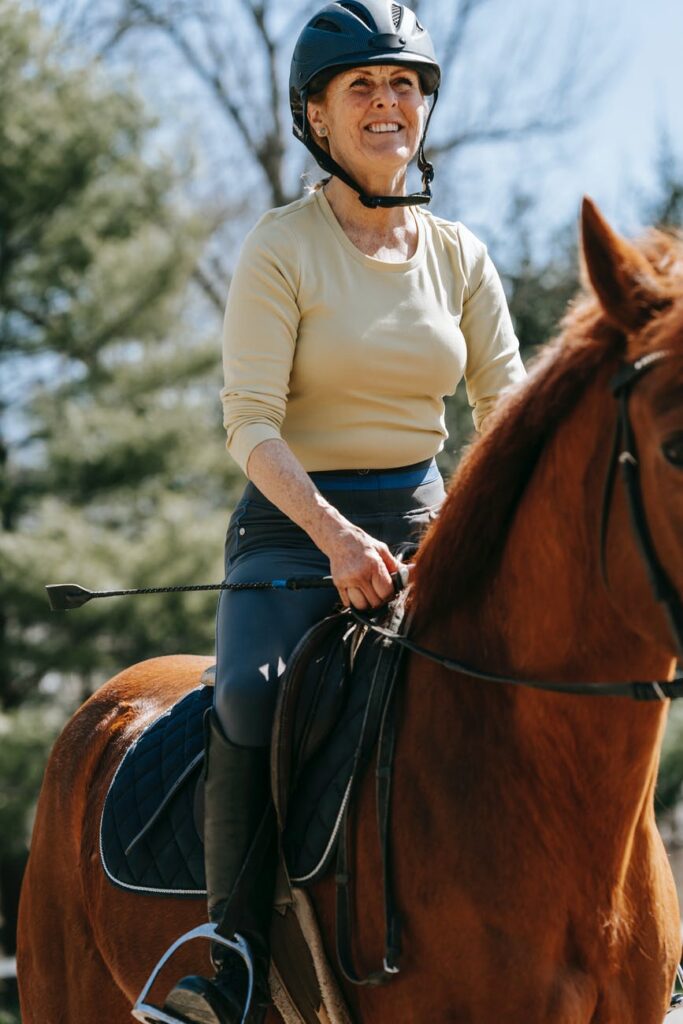When you own a horse, you naturally want the best for it in every way possible. However, there are occasions when it might be difficult to determine precisely what that is, particularly regarding the hooves of your horse. You probably don’t work part-time as a farrier, so if your horse needs its hooves trimmed or shoes put on, you will need to rely on the knowledge of someone else. But how can you tell whether your farrier is genuinely providing your horse with the care that is in his or her best interest?
The movement of your horse should require the least amount of effort feasible, regardless of the pace. If he can move quickly and efficiently, he will be able to perform better and will fatigue less quickly. The ability to work as efficiently as possible is the most essential aspect of a farrier’s profession. This indicates that the farrier must trim the hoof in a way that is both even and precise. The hoof should fall either completely flat or somewhat heel-first, and it should land evenly on both sides. If you want a great riding experience with your horse, you will need to equip it with some great horseshoes

Trimming- If you want to know for sure whether or not your farrier is properly trimming your horse’s hooves, the simplest method to do so is to pick up the hoof once he has completed doing so. Find the section of the sole that is the broadest across the middle, and then draw a line across it. If your farrier has done a good job, the distance from the toe to the line should be the same as the distance from the heels to the line. This indicates that the toes and heels should be aligned properly. When this is the case, the toe will not cause tension or interfere with the breaker, and the heels will have adequate support to keep them in place.
Additionally, the farrier must clip the hoof in order to achieve adequate lateral balance. The majority of horses do not possess perfect conformation, which means that the height of the right and left sides of every foot are not identical at all times. If you want to prevent lateral stress, the most crucial thing is that both sides of the hoof have to make contact with the ground at the same moment.

Shoeing- It should immediately raise major red flags if your farrier cuts the hoof to make the shoe fit properly. The trimmed hoof should serve as the primary model for the contour of the shoe; rather than the other way around. The shoe’s location, as well as its design, should be carefully considered by your farrier. Certain horses can’t have their hooves trimmed to the perfect break-overpoint, therefore the farrier must come up with other ways to help alleviate the horse’s discomfort.
No farrier ever should square off your horse’s toe over the edge of a shoe, which is known as “dumping a horse’s toe.” If your farrier does this, you should fire him immediately. Be sure that your farrier can provide strong, informed reasons to support everything that he performs and that he does not speed through the procedure.





